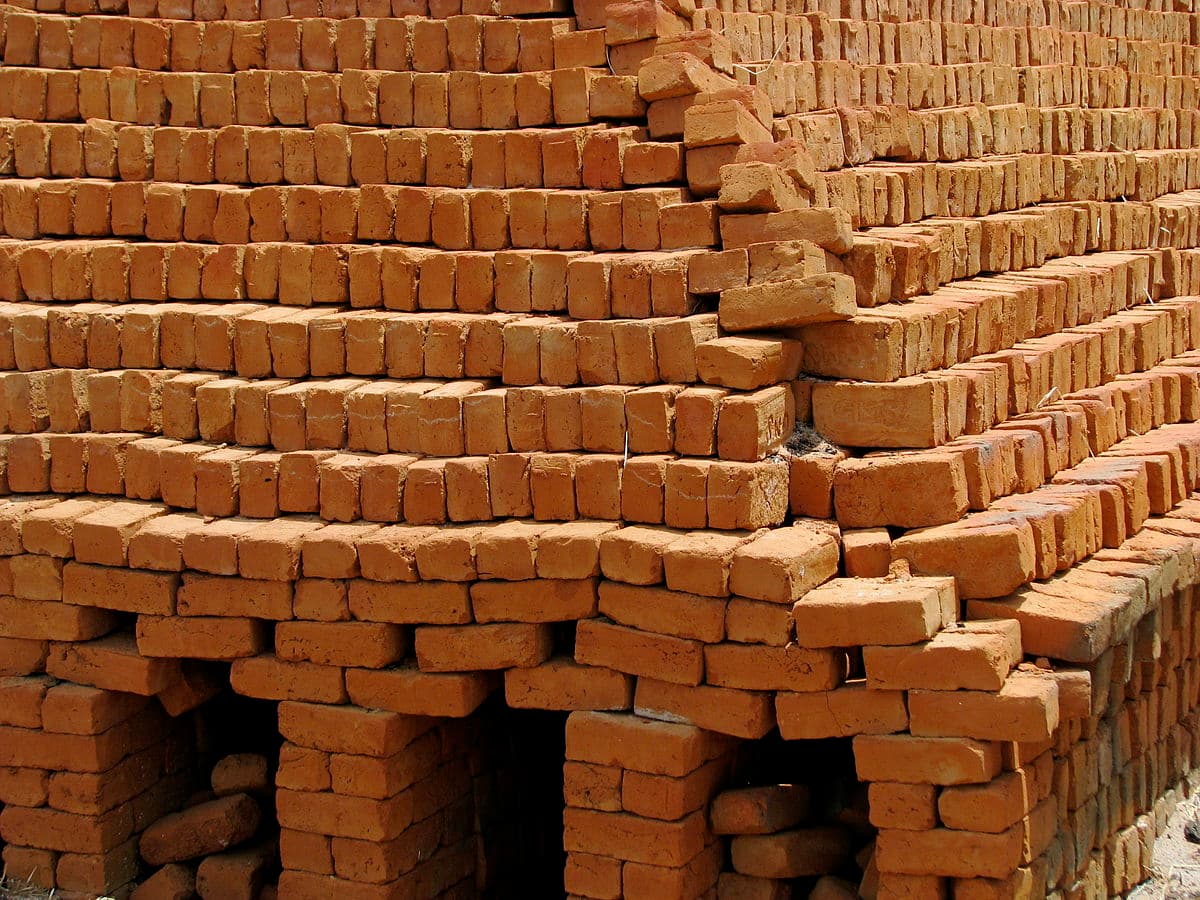Brick Quality in Nepal: Factors Affecting Durability and Strength

For thousands of years, bricks have been a common building material. They are recognized for their tenacity and strength and are built of clay and other natural materials. Yet not all bricks are made equally. The durability and stability of a building can be significantly impacted by the quality of the bricks used in its construction. In this article, we'll look at the variables that determine brick quality and the steps that contractors and homeowners may take to guarantee that the bricks they use for construction projects are of the highest caliber.
- Raw Material: One of the most crucial elements impacting brick quality is the caliber of the raw materials utilized in their production. Bricks are mostly made of clay, which needs to be of the finest quality to produce strong, long-lasting bricks. To form a solid bond when burnt, the clay needs to have the proper ratio of minerals, be free of impurities, and have the perfect amount of moisture.
- Production Process: The procedure of making the bricks is also very important in determining their quality. To make sure the bricks are sturdy enough to endure the environment, the proper temperature must be used throughout the firing process. Bricks are brittle and prone to cracking if the temperature is too low. The bricks may deform or become brittle if the temperature is too high.
- Size and Form: The quality of the bricks can also be impacted by their size and shape. The strength and stability needed for a building may not be provided by bricks that are too small or have irregular shapes. Moreover, they can be more prone to fracturing and shattering with time. Bricks that are excessively huge may also be challenging to handle when being built with and may not fit together properly.
- Texture and color: Brick quality can be impacted by color and texture, despite the fact that these factors are not directly related to strength and durability. Uneven brick color or texture could be a sign that the production process wasn't consistent, which could lead to weaker bricks. High-quality bricks are more likely to have uniform color and texture.
- Testing: Last but not least, testing is crucial to ensuring that bricks are of high quality. Each batch of bricks should be put through testing by the manufacturer to make sure it meets the specifications for consistency, strength, and durability. Bricks should be tested before being used in construction by both builders and homeowners to make sure they are sturdy enough to endure the elements and the weight of the building.
Factors Affecting Brick Quality in Nepal
Several factors influence the brick quality in Nepal, including:
Raw Material Composition – Bricks made from high-grade clay with minimal impurities offer superior durability.
Manufacturing Process – Properly fired bricks at optimal temperatures ensure high compressive strength and resistance to weathering.
Size & Shape Consistency – Uniformly shaped bricks allow for better bonding and structural stability.
Water Absorption Rate – Good-quality bricks in Nepal should have a water absorption rate of less than 20% to prevent dampness and mold growth.
Load-Bearing Capacity – The best bricks can withstand heavy loads, making them ideal for multi-storey buildings.
Types of Bricks & Their Quality in Nepal
Understanding different types of bricks helps in selecting the best materials for construction:
Burnt Clay Bricks – Most commonly used and highly durable.
Fly Ash Bricks – Lightweight and eco-friendly, ideal for sustainable projects.
Concrete Bricks – Provide excellent compressive strength for high-rise buildings.
Fire Bricks – Designed for high-temperature resistance, suitable for chimneys and furnaces.
Unburnt Bricks – Less durable, mostly used in temporary structures.
Why Brick Quality in Nepal Matters for Construction
Poor-quality bricks can lead to weak foundations, water leakage, and structural failures. Investing in high-quality bricks ensures:
Earthquake Resistance – Essential for seismic zones like Nepal.
Long-Term Durability – Reduces repair and maintenance costs.
Better Thermal Insulation – Keeps homes energy efficient.
Moisture Protection – Prevents walls from absorbing excess water and cracking over time.
How to Check Brick Quality in Nepal Before Buying?
Before purchasing bricks, perform these simple tests to ensure they meet Nepal’s construction standards:
Drop Test – A good-quality brick should not break when dropped from 1 meter height.
Water Absorption Test – High-quality bricks absorb less than 20% water when soaked for 24 hours.
Sound Test – Strike two bricks together; a metallic sound indicates good quality.
Strength Test – Press the brick with your thumb; if it leaves a mark, the brick is weak.
Conclusion
The durability and stability of a building are greatly influenced by the quality of the bricks. The raw materials used, the manufacturing process, the size and shape of the bricks, as well as their color and texture, are all aspects that can affect the quality of a brick. Builders and homeowners should be aware of these factors. They may make sure that their buildings are sturdy, long-lasting, and durable by selecting high-quality bricks and evaluating them before employing them in construction.